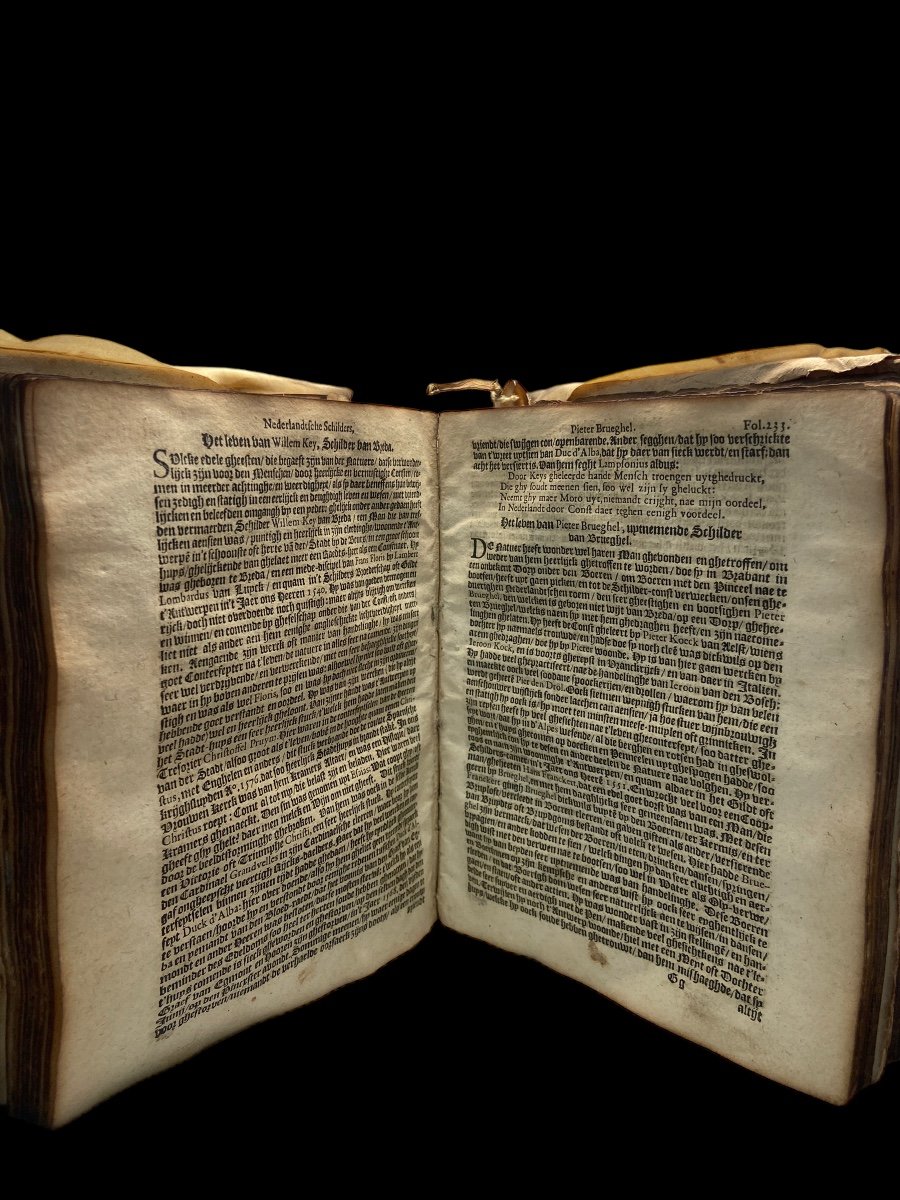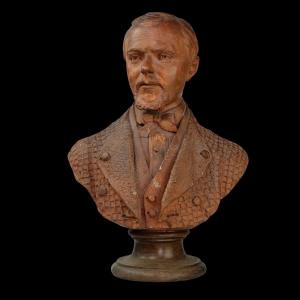The Schilder-boeck introduced Dutch and Flemish artists to Italian art and encouraged them to travel to Italy.
This work had a great influence on the writing of art in the eighteenth and nineteenth centuries. Cornelis de Bie (Het Gulden Cabinet, 1662), Joachim von Sandrart (Teutsche Akademie, 1675), Samuel van Hoogstraten (Inleyding tot de hooge schoole der schilderkonst, 1678), Philippe Baldinucci (Notizie de' Professori, 1681) and Arnold Houbraken (Schouburg, 1720) are some of the early biographers who used van Mander's work for their biographical texts of Dutch painters or as a basis for developing their own art theory.
Het Schilder-boeck consists of six volumes and is considered one of the most important sources of art history and art theory for the fifteenth and sixteenth centuries in the Netherlands.
Het Schilder-boeck consists of six volumes that are indexed and have their own cover:
- "The Foundations of the Noble and Free Art of Painting" ("Den Grondt der Edel vry Schilder-const: Waer in haer ghestalt, aerdt ende wesen, de leer-lustighe Jeught in verscheyden Deelen in Rijm-dicht wort voor ghedraghen.")
- "Lives of the illustrious ancient painters, including the Egyptians, Greeks and Romans" ("Het Leven Der oude Antijcke doorluchtighe Schilders, soo wel Egyptenaren, Griecken als Romeynen")
- Lives of the illustrious modern and contemporary Italian painters" ("Het Leven Der Moderne, oft dees-tijtsche doorluchtighe Italiaensche Schilders.")
- Lives of the Illustrious Dutch and German Painters" ("Het Leven der Doorluchtighe Nederlandtsche, en Hooghduytsche Schilders.")
- Commentary on the Metamorphoses of Ovid" ("Wtlegghingh op den Metamorphosis Pub. Ouidij Nasonis.")
- Representations of figures" (Uvtbeeldinge der Figueren)
Carel van Mander (1548-1606) was a painter and writer of Flemish origin. His most important book is the Schilder-boeck, published in 1604.
Tot Haerlem: voor Paschier van Wesbusch Boeck vercooper
1st edition - 1604
Attention, page 1 and the engraved page of the portrait of Carel van Mander after a painting by J. Saenredam are not part of this copy
Provenance: Sales room (Mak Veilingen Dordrecht / Netherlands)
Provenance: Private collection Bruges

















































 Le Magazine de PROANTIC
Le Magazine de PROANTIC TRÉSORS Magazine
TRÉSORS Magazine Rivista Artiquariato
Rivista Artiquariato